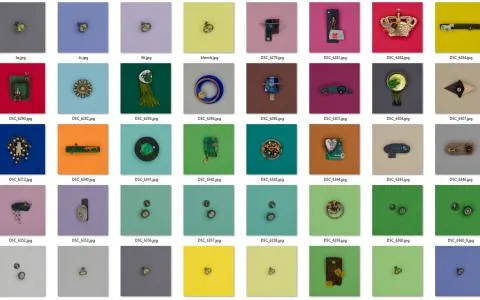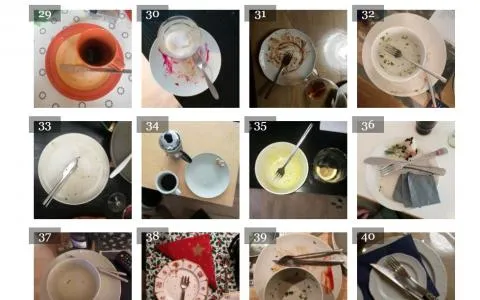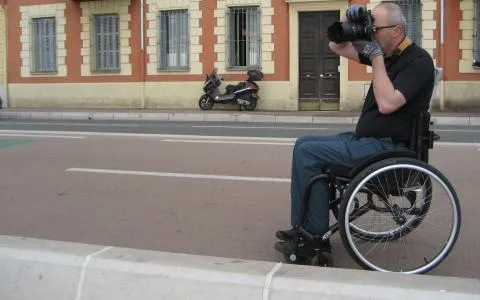Being a photographer with a love for big cameras with lots of facilities and flexibility, means that the best camera is not always what I have with me
The American photographer Chase Jarvis, who I'm a big fan of, published the book "The best camera is the one that's with you" in 2009, and started what I'm tempted to call a movement. Jarvis' claim was that a phone with a camera was the best camera in a lot of situations - simply because it was what people had on them. He supported his claim with lots of (really good) pictures, an app and a community where people could share the pictures that were taken with his app.
Best Camera
"Best Camera" as the phenomenon was just called for short, was water to the mill for all those who were denouncing the big SLRs in particular and sang praise of the camera phones - especially the iPhone. The app was iPhone only, and basically looked like many other photo apps with its editing capabilities, upload facilities, and opportunities for social interaction.
And in many ways Jarvis was quite right: smartphones are today's camera par excellence, and for the vast majority a good phone camera is more than enough. Modern phones take pictures in surprisingly good quality, and even my aged HTC One can deliver absolutely usable images in a pinch.
But it is not the best camera for me, and I mostly defer from taking pictures, if the phone is the only camera I have. Granted that newer phones have much better cameras than mine, and technically much has happened in the recent years, but still...
Many good pictures
A colossal number of good pictures are shot with phones. People with talent can wring the most incredible results from the small lenses and sensors. However, people with talent - Jarvis included - can get even better pictures out of large cameras. Jarvis himself is a major consumer of the best, biggest and most expensive Nikon cameras. There's a huge difference between what a great sensor with good lens can deliver compared to the telephone's miniaturized sensors and relatively primitive lenses.
Moesgaard's dark
During a holiday I was on a trip to the Moesgaard Museum near Aarhus in Denmark, and people who have been there know that it is a quite dark museum. On one hand, a large part of the exhibits shown in properly dimmed light to protect them against damage from light, and partly because most of the museum is built underground and is windowless - and quite dark as a result.
There were lots of families with children in the museum and lots of mobile phones in action. Selfies, family portraits, pictures of the exhibitions and all sorts of other images were taken in hundreds, and many of them were probably not very good, simply because the cameras, the mobile phones, are not good enough. They were probably the camera people had with them, but they weren't good for the conditions.
Gear!
I took pictures galore and even got some that I really like. The pictures were taken under challenging conditions. The famous Grauballe Man – a body from the iron age found in a bog – is displayed in almost total darkness, lit by something that probably isn't stronger than a candle. There isn't much room, and I'm even in a wheelchair, so my opportunities to get in position for a good angle are limited. Apart from the museum, we found the same conditions in another place we visited in Aarhus, namely Bazar Vest, a food market under roof. Narrow hallways, bad light, lots of people. The solution? Gear!
The phone can't keep up
I used one of my SLR cameras – a Nikon D300s with a wide angle, an 8-16mm zoom, which is close to being a fish eye lens but without the distortion. Furthermore, I turned up the sensitivity so that I could get faster shutter speeds and fairly sharp images.
All that can be done with a large SLR. And you can control where it focuses, when it focuses and precisely when it takes the picture. When you press the shutter, it takes the picture without delay and in a split second. I take like three or four images within a second or two in these situations because that gives a higher probability of getting one that's good and sharp.
The smartphone can't keep up with the speed, the sensitivity or the wide angle, and I could not have gotten similar results with a phone camera.










